2024 Preliminary Program: Speakers and Schedule
On this page
Keynotes
Focal Talks
Invited Talks: Business
Invited Talks: Academic
Other Invited Talks
MEETING AT-A-GLANCE
The meeting will be held over three days—September 4–6 in Busan, Republic of Korea—as well as online.
September 4: Academic-focused Talks
September 5: Business-focused Talks (English to Korean translation provided)
September 6: Series of Tutorials related to printing, included in the registration fee, conducted in-person in Korean; tutorial information coming later
The exact days and times of all the talks will be announced in a few weeks; the final program will be confirmed in late August. NOTE: ALL TIMES are BUSAN local time.
OPENING KEYNOTE
WEDNESDAY 4 SEPTEMBER
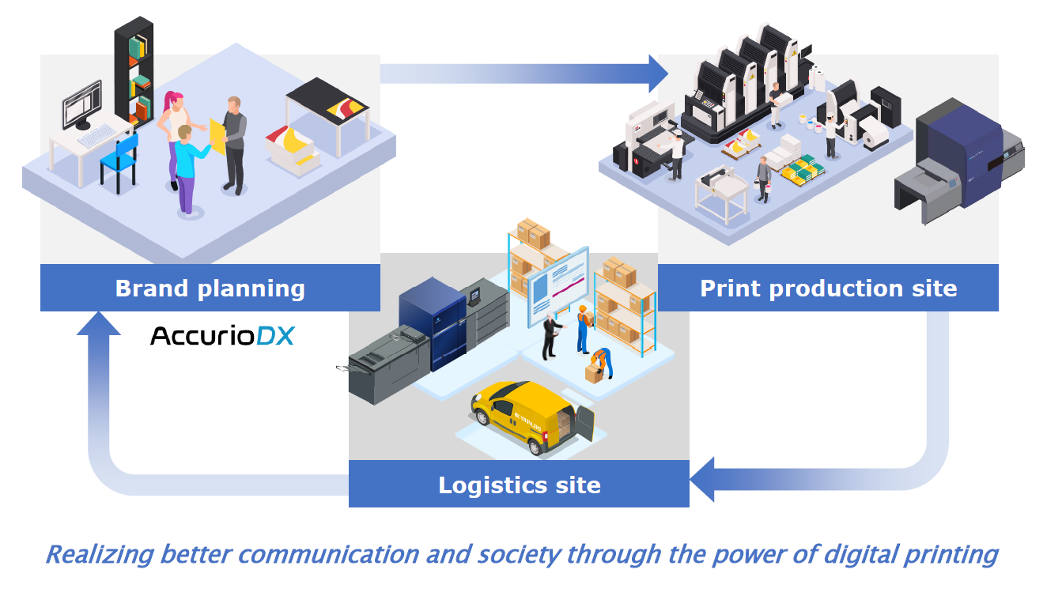 Realizing better communication and society through the power of digital printing, Toshitaka Uemura, Corporate Senior Vice President, Konica Minolta, Inc. (Japan)
Realizing better communication and society through the power of digital printing, Toshitaka Uemura, Corporate Senior Vice President, Konica Minolta, Inc. (Japan)
Abstract: Inkjet technology is very useful for the digitalization of production sites, including printing. However, the digitalization of the production floor alone is often based on cost comparisons, such as TCO, with conventional methods. The use of digital printing technology can improve not only the production site but also the processes before and after printing. In addition, it can innovate the way orders are received and enhance customer appeal. Examples in this direction will be presented.

Mr. Toshitaka Uemura is the Corporate Senior Vice President and Division President of the Professional Print Business Headquarters at Konica Minolta, Inc., with a close to 40-year tenure in the printing industry. His mission is to establish a sustainable print supply chain, enhance print's value, and reduce waste and transportation costs. He actively works on expanding digital printing in industrial contexts, where digitalization is still limited, and continues to push the boundaries of digital print technologies, shaping the industry's future.
CLOSING KEYNOTE
THURSDAY 5 SEPTEMBER
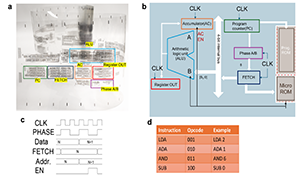 R2R Gravure Foundry for 4-Things: Internet of Things (IoT), Display of Things (DoT), Vision of Things (VoT), and Test of Things (ToT), Gyoujin Cho, professor, Sungkyunkwan University (Republic of Korea)
R2R Gravure Foundry for 4-Things: Internet of Things (IoT), Display of Things (DoT), Vision of Things (VoT), and Test of Things (ToT), Gyoujin Cho, professor, Sungkyunkwan University (Republic of Korea)
Abstract: As global climate change and warming have drawn attention to a carbon footprint in ICT, a green foundry for less emission of carbon dioxide has been considered especially for manufacturing flexible inexpensive devices with simple functions for edge computing applications. Therefore, a roll-to-roll (R2R) printing-based foundry has been developed as a sustainable high throughput foundry for manufacturing flexible and inexpensive electronic and bioelectronic devices. Here, the R2R gravure printing system will be introduced to show a way of manufacturing limitless sizes of flexible displays, label-like processors, and bioelectronic-based sensors. Through the R2R printing foundry, displays, processors, and bioelectronic sensors can be all integrated by a continuous in-line printing system by simply changing gravure rolls and electronic inks in the gravure printing system. To demonstrate the concept of the R2R printing foundry, the limitless length of integrated logic gates for developing the 4-bit processors (Figure 1) were fabricated via all R2R gravure printing processes with precisely controlled overlay printing registration accuracy, electronic ink transfers, circuit designs, and device passivation. Furthermore, analyzing the carbon dioxide emission through the R2R gravure printing-based foundry will be introduced.
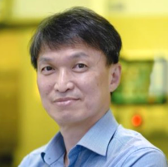
Dr. Gyoujin Cho is a Vice Director of the Institute of Quantum Biophysics at Sungkyunkwan University, Republic of Korea. He also serves as the Director of the Engineering Research Center for Developing R2R Printed Flexible Computers. Additionally, he holds the prestigious position of President of the Korea Flexible and Printed Electronics Society.
FOCAL TALKS
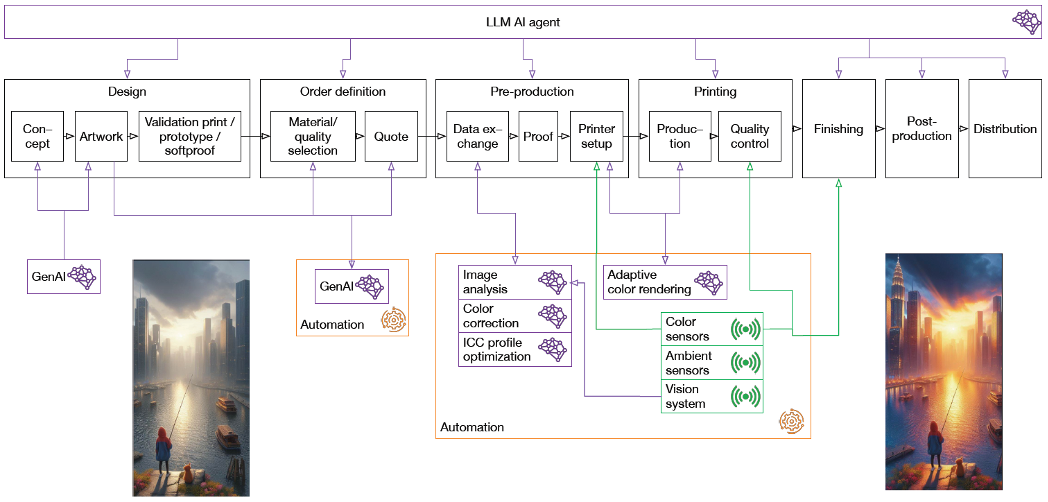 Sustainable and unattended print color control, Ján Morovič, HP Inc. (Spain)
Sustainable and unattended print color control, Ján Morovič, HP Inc. (Spain)
Abstract: The Graphic Arts industry is facing unprecedented challenges in the form of a demanding economic climate, the growing need to improve sustainability of operation and a deepening skills shortage. When it comes to delivering on the color expectations of print buyers, both in terms of color matching and color consistency, Print Service Providers (PSPs) currently rely on expert staff performing a variety of make-ready processes that require in-depth knowledge, time, and attention and that also involve the use of printing materials. As a result, such color-related setup is often a bottleneck in the end-to-end production process and results in unnecessary use of materials when performed excessively or when jobs need to be re-printed due to color issues. In the present paper an overview will be provided of technologies that can be employed to improve the sustainability and unattendedness of delivering on customer color expectations. This can be achieved by using color and environmental sensors to monitor the state of the of the printing system and its surroundings, by automating operator tasks and therefore avoiding the need for intervention and attention, and by applying the latest AI technologies. These can be used to optimize system efficiency and output quality, and allow for not non-expert operators to interact with the printing system using natural language.
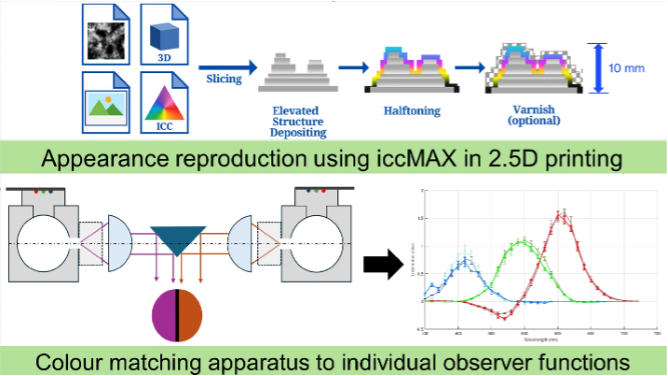 Appearance reproduction and Individual observer profiles in colour management pipelines, Tanzima Habib, Norwegian University of Science and Technology (Norway)
Appearance reproduction and Individual observer profiles in colour management pipelines, Tanzima Habib, Norwegian University of Science and Technology (Norway)
Abstract: The Bidirectional Reflection Distribution Function (BRDF) plays a crucial role in measuring colour along with gloss and surface geometry. This presentation will explore a practical approach for reproducing the appearance of 3D printed surfaces in 2.5D printing, accommodating any slope angle and colour within a colour-managed workflow for soft proofing. To address the colour variations caused by changes in surface slope, we developed a BRDF interpolation algorithm. This algorithm adjusts the tristimulus values of a flat target to predict the corresponding colours on sloped surfaces. The interpolated BRDF workflow then uses these adjusted colours to accurately predict the colour parameters for each pixel based on its slope. Finally, we will illustrate how the slope colour adjustment method, interpolated BRDF parameters algorithm, and BRDF model encoded profiles using iccMAX are integrated into a comprehensive appearance reproduction framework for 2.5D printing. Further, we will discuss the importance of individual observer functions which are measured by our custom built colour matching apparatus and use of these functions in ICC profiles for softproofing.
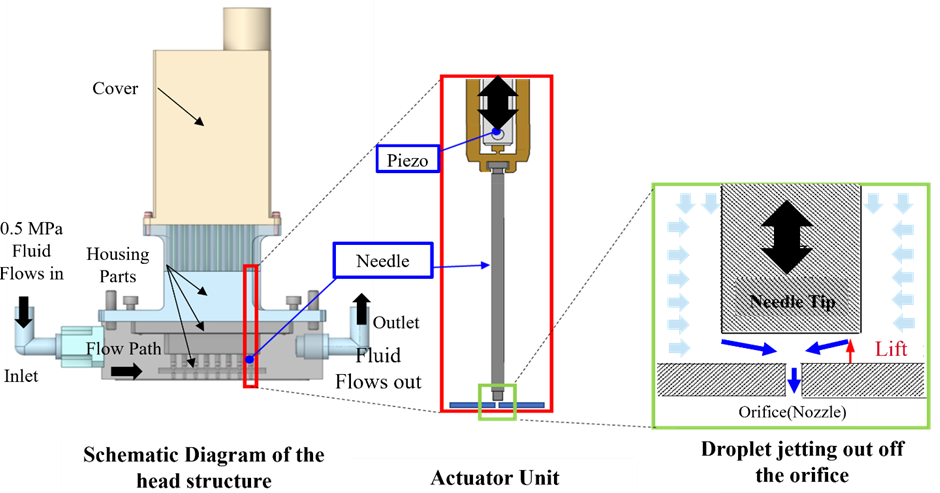 SDGs Initiative by Ricoh inkjet technology research and development, Yoshihisa “Josh” Ohta, Ricoh Company, Ltd. (Japan)
SDGs Initiative by Ricoh inkjet technology research and development, Yoshihisa “Josh” Ohta, Ricoh Company, Ltd. (Japan)
Abstract: The Ricoh Group aims to protect the environment while generating profits through environmental management, reducing their eco-footprint, and enhancing the Earth’s regenerative capabilities. Their goals focus on achieving carbon neutrality and a circular economy by 2030 and 2050.
Ricoh's inkjet technology, initially for office printing, has expanded to various commercial and industrial applications, including food, clothing, and housing. They developed the GELART JET head, capable of delivering high-viscosity ink over long distances with precision, allowing printing on uneven and curved surfaces. This technology facilitates the transition from "analog painting" to "digital painting."
Ricoh plans to further develop this technology into a new Jetting system that utilizes functional materials, contributing to a sustainable society and the Sustainable Development Goals (SDGs). In this session, they will discuss the features of their next-generation printhead and its application in "Functional Material Jetting," showcasing initiatives that reduce environmental pollution, waste, and energy consumption while improving quality of life.
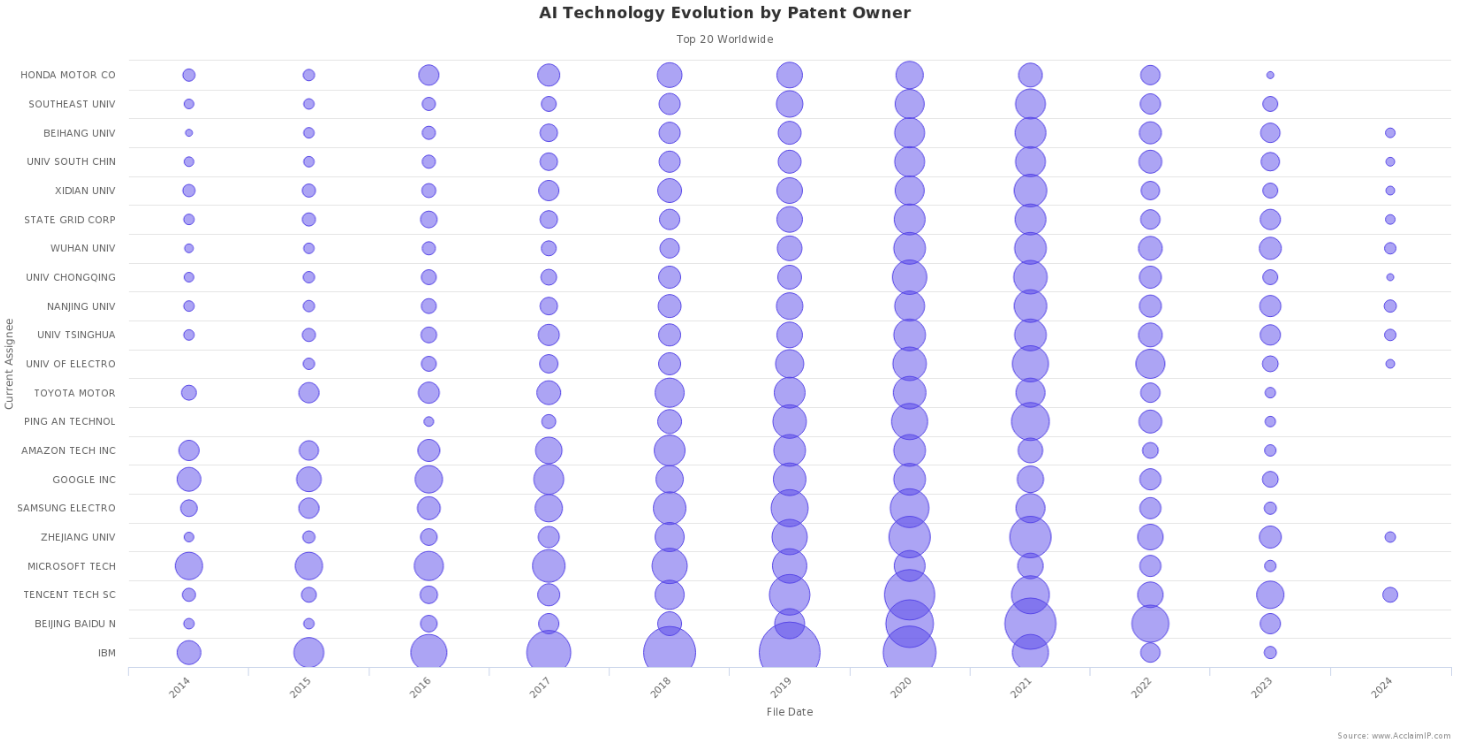 Fact-based study on AI patent trends and impact on printing technology, Chen Zhehong, Global Legal, HP Inc. (US)
Fact-based study on AI patent trends and impact on printing technology, Chen Zhehong, Global Legal, HP Inc. (US)
Abstract: In recent years, artificial intelligence (AI) has been attracting tremendous attention in various fields, and AI-related technology trends are becoming more active than ever before. This study focuses on investigation and analysis on AI-related patent trends, as reflections of AI-related technology trends, from multiple perspectives such as by region, by component technology, and by industry. Relevance and impact of AI-related patent trends to the printing technologies related patent trends are also investigated and analyzed.
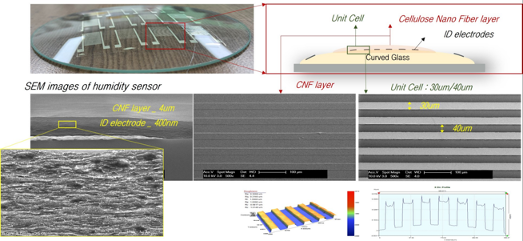 Fully-printed curved cellulose nanofiber-Ag nanoparticle composite for high-sensitivity, Dong-Soo Kim, Hanbat National University (Republic of Korea)
Fully-printed curved cellulose nanofiber-Ag nanoparticle composite for high-sensitivity, Dong-Soo Kim, Hanbat National University (Republic of Korea)
Abstract: Coming.
 Super thin surface roller with microstructure by additive manufacturing, Masaru Sakuma, Spin corporation (Japan)
Super thin surface roller with microstructure by additive manufacturing, Masaru Sakuma, Spin corporation (Japan)
Abstract: Coming.